Izumi Kato’s haunting humanoids turn heads in New York
The Japanese artist’s new body of work – now on view at Perrotin New York – features otherworldly sculptures and paintings that fall between a sci-fi future and ancient history
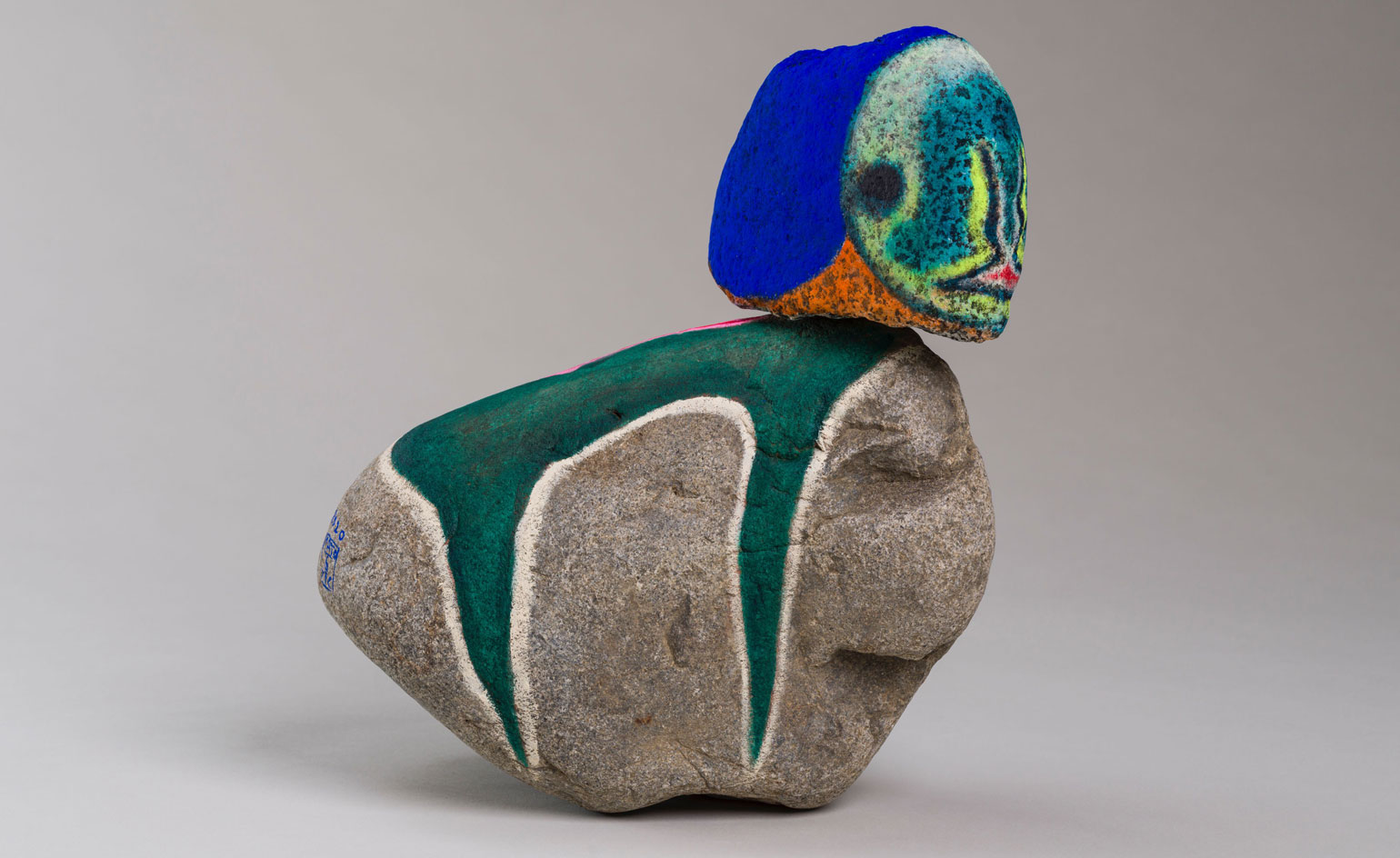
The haunting, mysterious imagery with which the Japanese artist Izumi Kato has made a name for himself is as otherworldly as it is subject to interpretation. Following a successful show at Perrotin gallery in Paris last year, Kato presents a new body of work at the gallery’s New York location this month after a five-year hiatus from the city.
Taking over two floors of the gallery’s historic Lower East Side space, Kato’s latest works range from new mixed-media sculptures and installations to paintings in a variety of scales. The exhibition showcases not only the artist’s significant output in recent years, but also his dexterity across mediums. With works installed in vignettes around the gallery space, either as a cluster of spirits or as stoic, sphinx-like beings, the show culminates in an assemblage of fabric and soft vinyl sculptures that are suspended through the building’s three-storey stairwell.
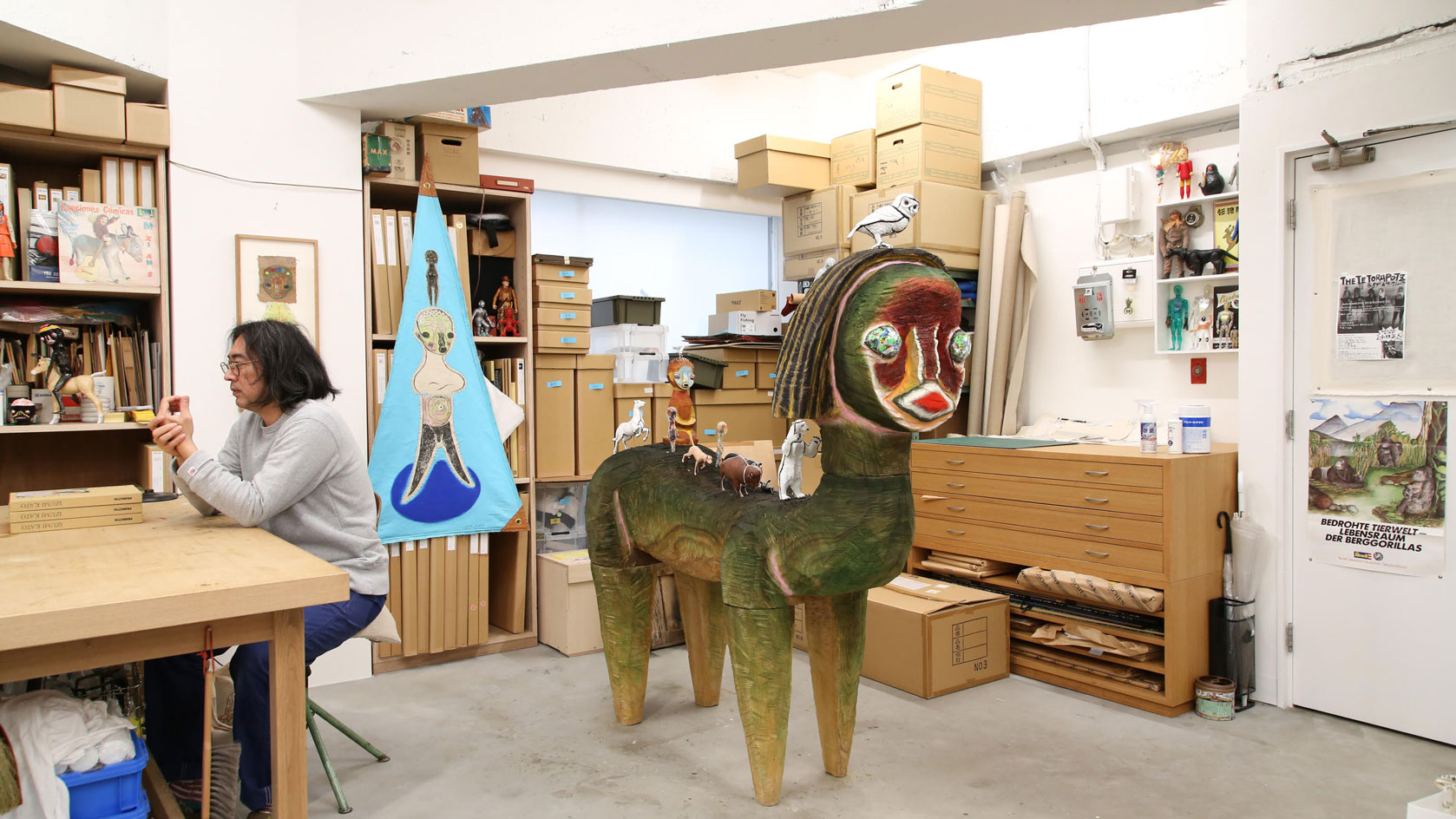
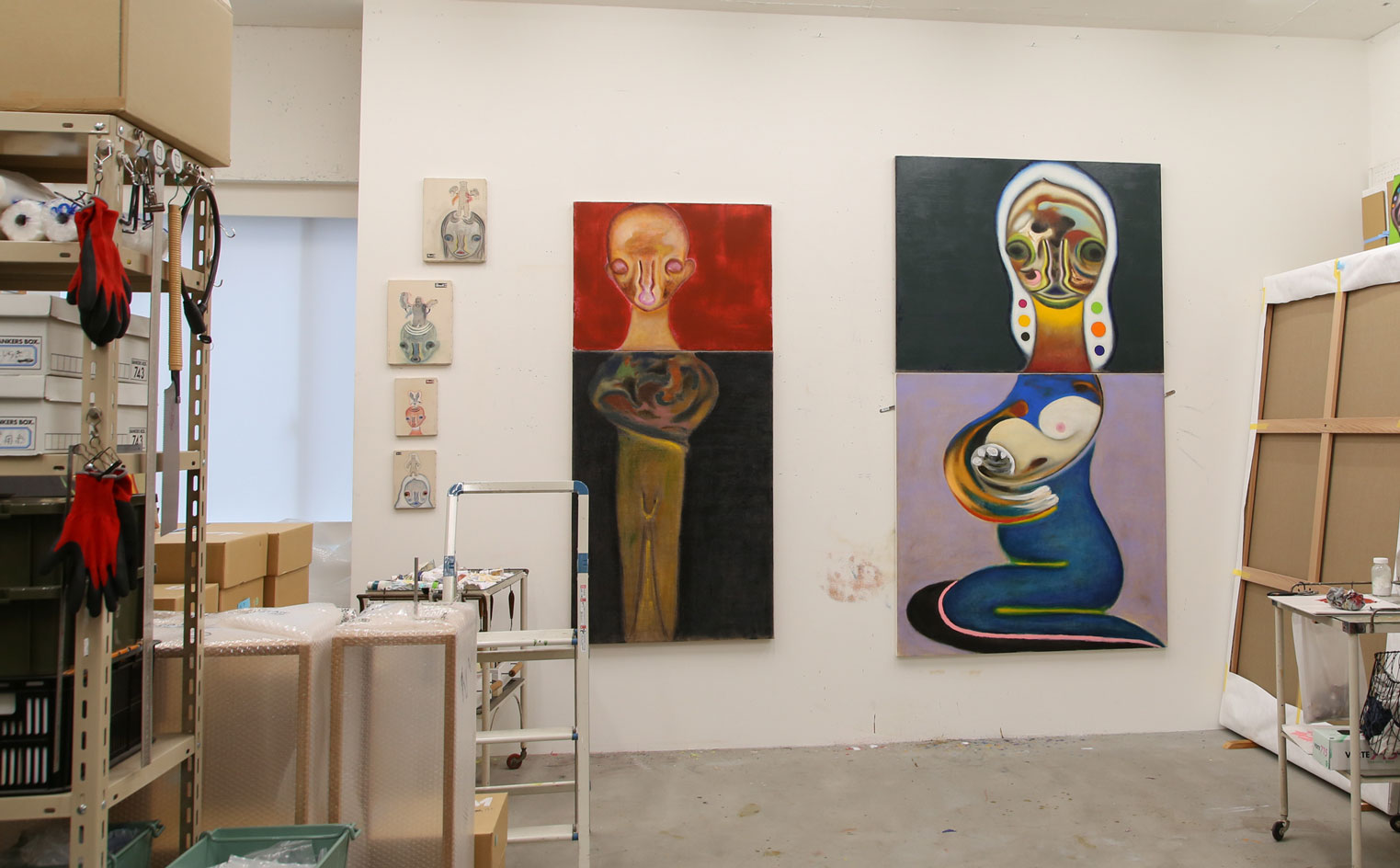
Above and below: inside Izumi Kato’s Tokyo studio with work for his current show at Perrotin New York. © 2021 Izumi Kato. Courtesy of the artist and Perrotin
The self-titled exhibition casts Kato’s ghostly, humanistic figures in an unadulterated fashion. Embryonic in form, and configured with hollow eyes, reduced limbs and bulbous heads, the way each figure is positioned – be it painted on soft textiles or constructed as an arrangement of stones, quietly gazing forward – conveys an omnipotent aura that invites viewers to contemplate another realm. Mirroring the belief in animism as it stems from Shinto tradition, Kato’s paintings and sculptures appear almost as vessels that serve to house spirits from another world. Whether made from solid wood and stone or fashioned from textiles that are then bound in chains and weighted to the floor, these entities hover eerily between two realms.
Kato’s approach to creating is as instinctive as his work indicates. Born in 1969 in Shimane, Japan, the artist generates enigmatic imagery that reflects the confluence of cultural beliefs that he was exposed to growing up. ‘Shintoism, Buddhism, and Animism are all mixed in my hometown. I am influenced by my upbringing, where everything has a life of its own,’ he explains via a translator. ‘I am aware that the human form I paint is not a specific person, but instead, I am using a person's shape to paint. It could be you, and it could be me. I don't know who it is. Using such an anonymous person, I am not focusing on the individual, but on the being itself.’
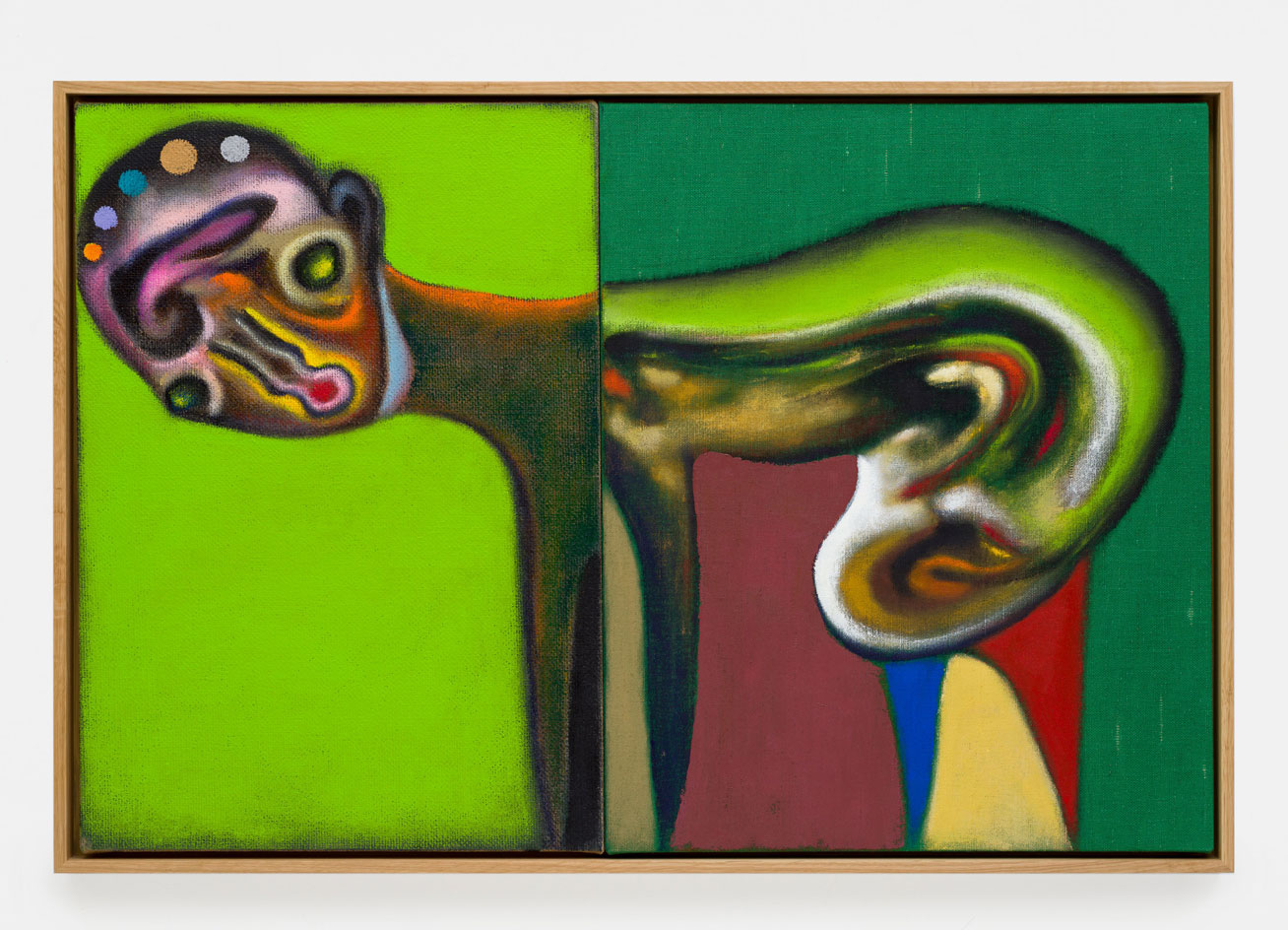
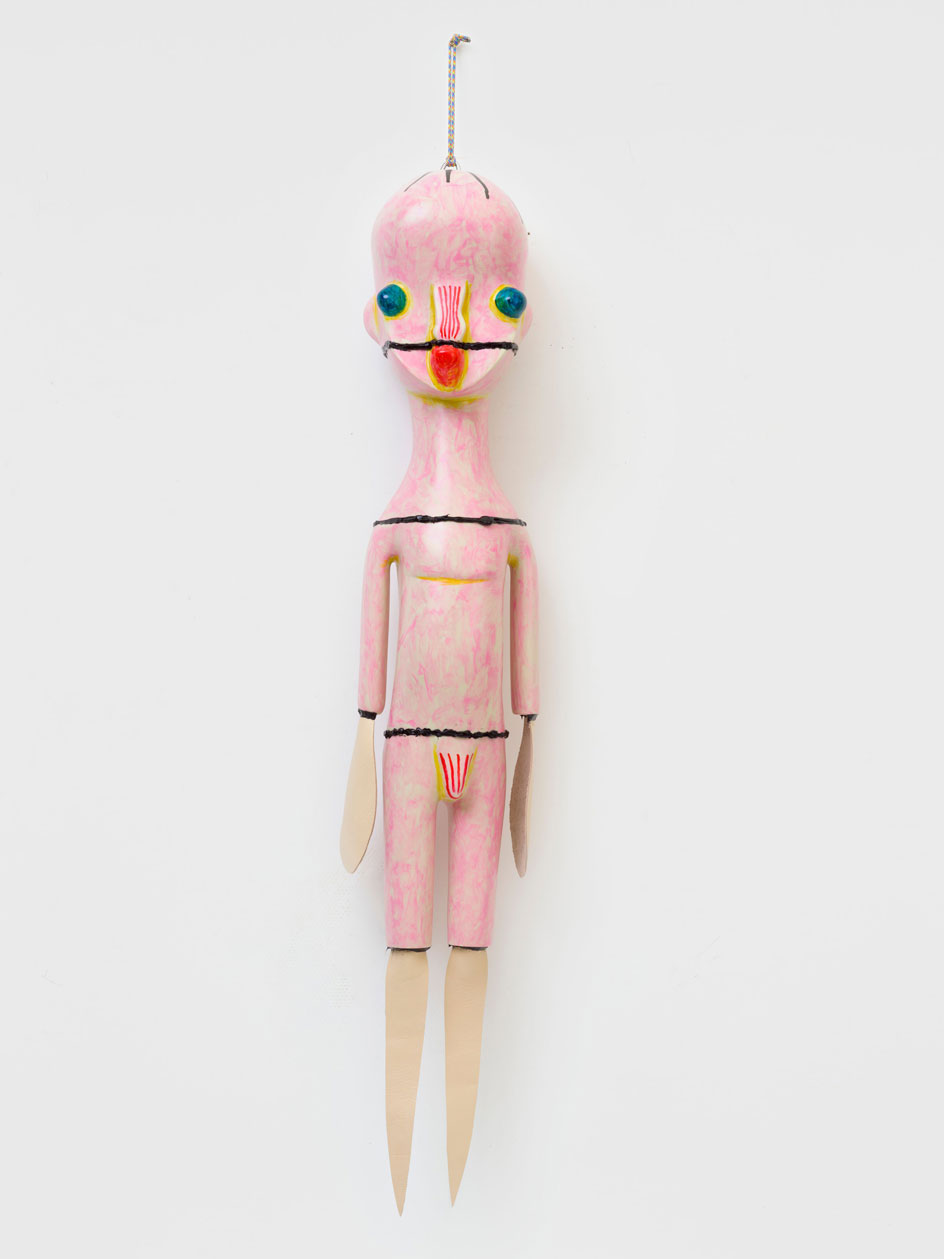
Above: Izumi Kato, Untitled, 2020. Oil on canvas. Below: Izumi Kato, Untitled, 2020, Soft vinyl, leather, silicon, string. © 2020 Izumi Kato. Courtesy the artist & Perrotin
One particularly intriguing aspect of Kato’s work is the way each figure, regardless of medium, has been segmented – often divided into halves and occasionally, more pieces. ‘I personally like the joints of sculptures, whether for wood sculptures or soft vinyl,’ Kato says. ‘I sometimes leave the joints as they are instead of shaping them flat. Intuitively, I thought it would be more interesting to leave the joints as they are, but then I realised that leaving the joints increases the work's creative information. An idea came to my mind if I could use that in my paintings, so I began to create paintings divided into sections.’
For this exhibition, Kato also reveals some new works made using plastic models for the first time. ‘The plastic model works started when I thought I could use the plastic models I had been building as a hobby, while I was locked down during Covid-19,’ he says. ‘There are two patterns: one is a combination of the plastic model itself into a sculpture, and the other is a drawing using the plastic model's blueprint as a collage. It is always exciting to try something new.’
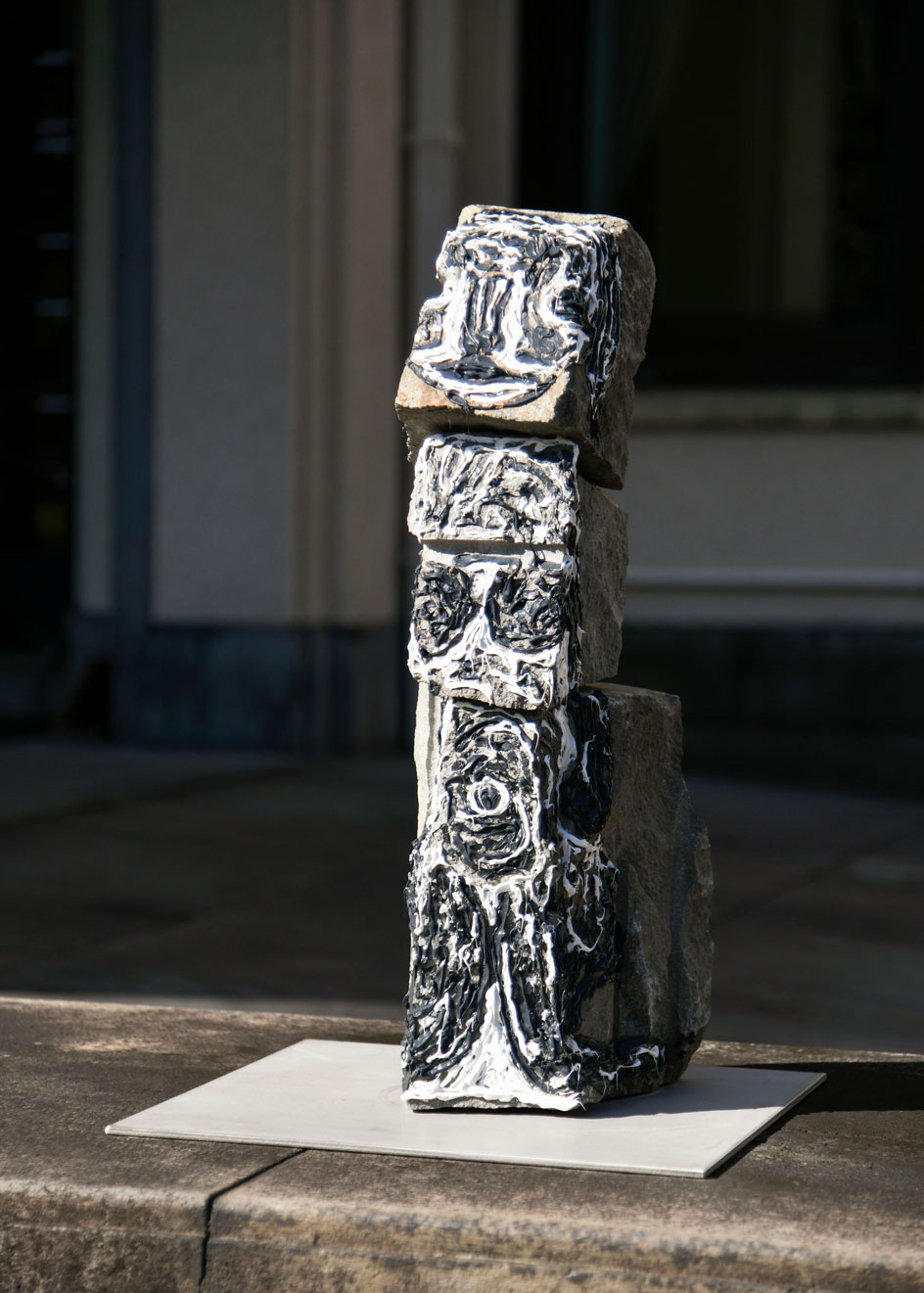
Installation view of ’Garden of Life: Eight Contemporary Artists Venture into Nature’ at Tokyo Metropolitan Teien Art Museum, Japan, 2020. Untitled, 2020 Stone, silicon, stainless steel, pedestal. ©2020 Izumi Kato. Courtesy the artist and Perrotin
Teetering between a sci-fi future and an ancient past, Kato’s creations exude a compelling mysticism, regardless of origin. This is compounded by his agility in moving between painting and sculpture while depicting the same recurring characters in each. Despite bestowing a palpable feeling of otherworldliness, Kato’s practice is rooted firmly in reality.
‘The world is moving at a faster speed than I think. In the last ten years alone, there have been many life-and-death situations, such as the Great East Japan Earthquake and the Covid-19 outbreak,’ he says, having long considered modern history as an influence on his outlook. ‘I think it is essential to be aware of the fact that you are creating works while being in such a real world.’ *
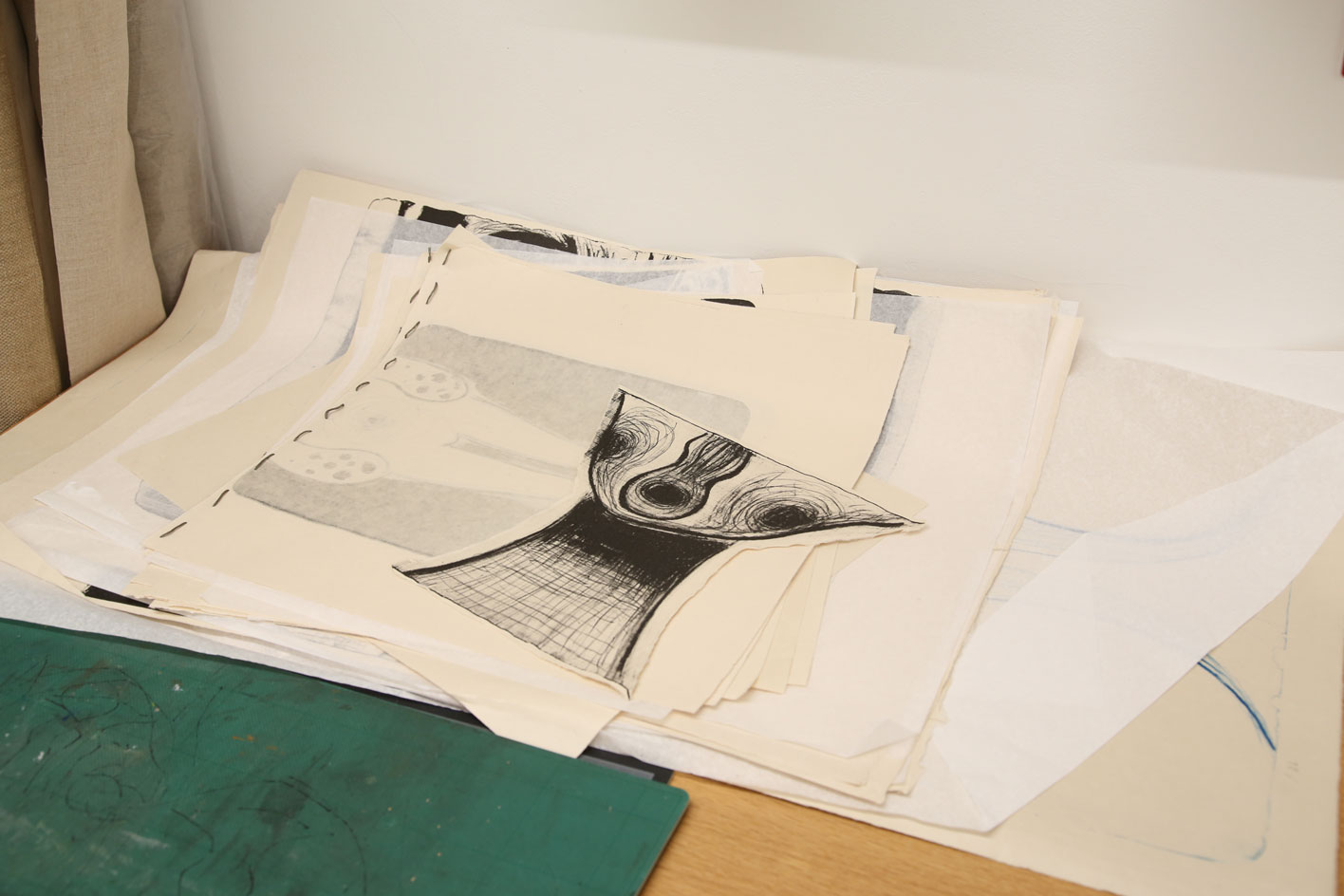
Works on paper in Izumi Kato’s Tokyo studio. © 2021 Izumi Kato. Courtesy of the artist and Perrotin
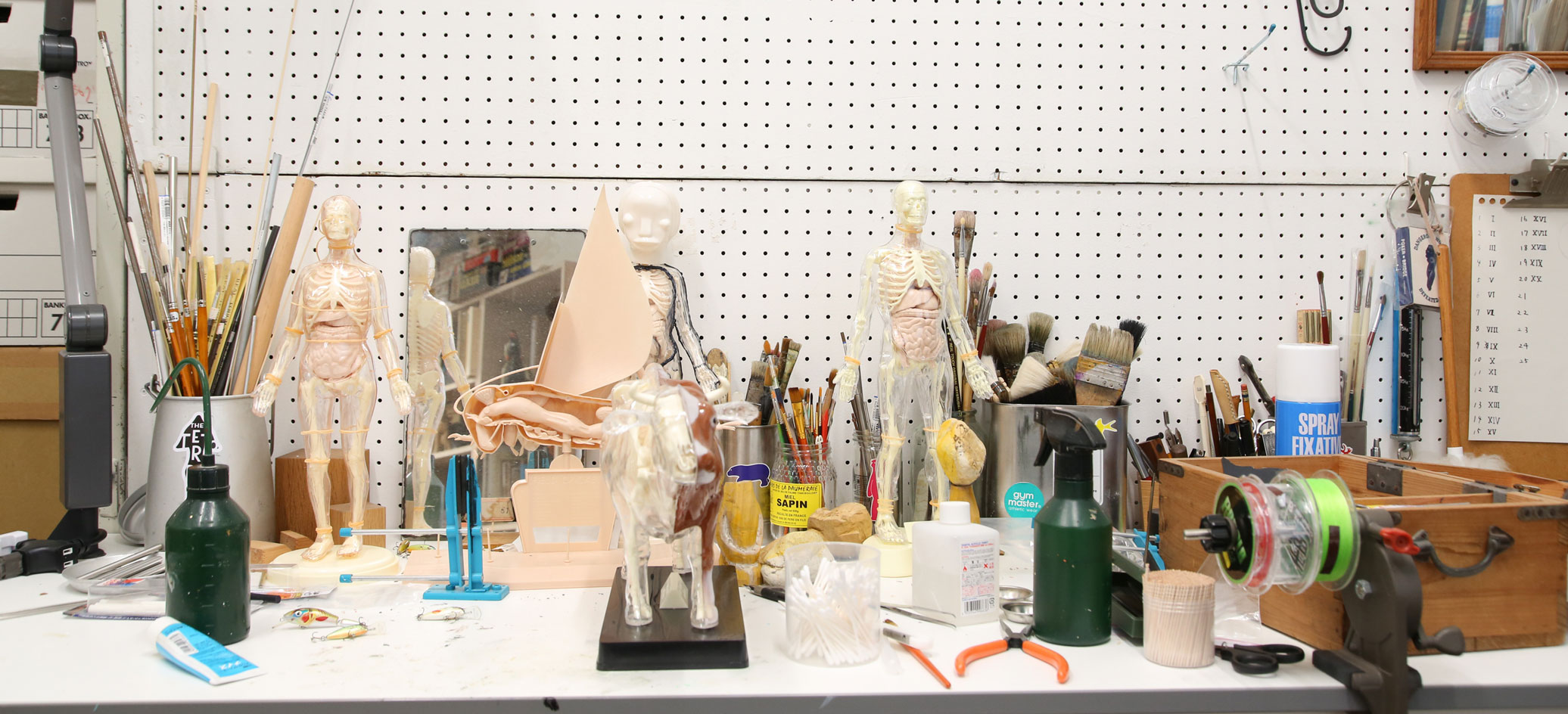
© 2021 Izumi Kato. Courtesy of the artist and Perrotin
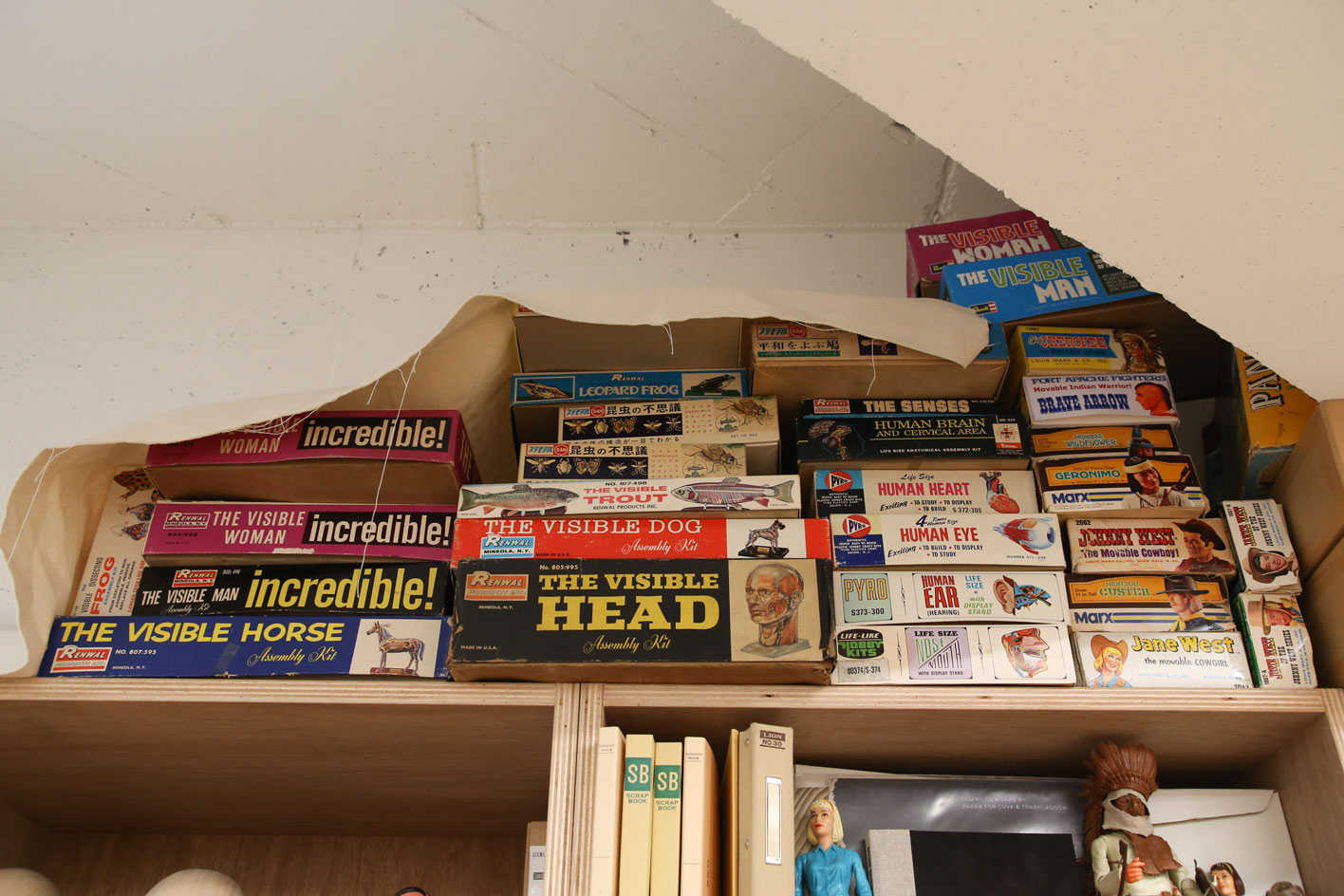
© 2021 Izumi Kato. Courtesy of the artist and Perrotin
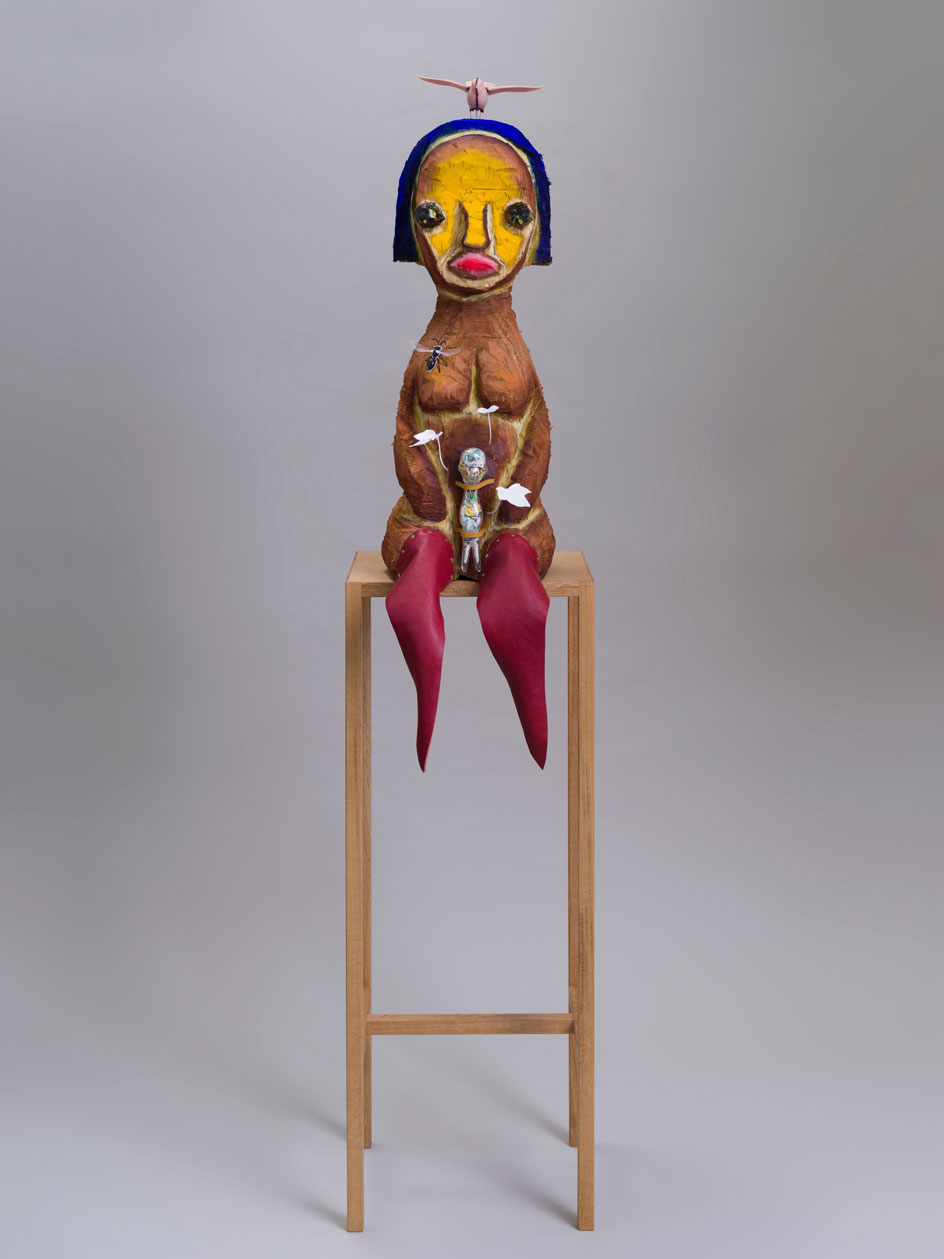
Izumi Kato, Untitled, 2020. © 2020 Izumi Kato. Courtesy the artist & Perrotin.
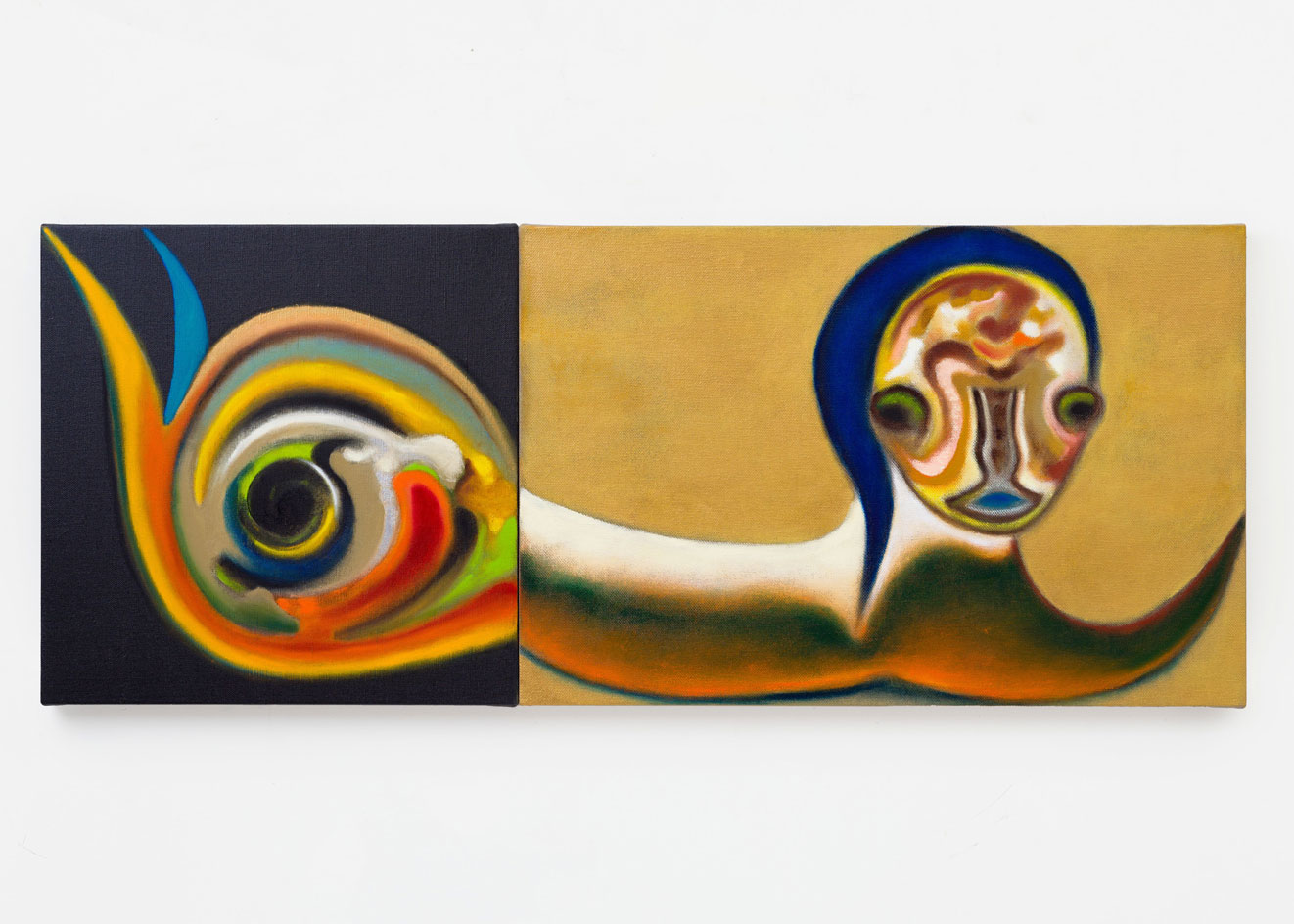
Izumi Kato, Untitled, 2020. ©2020 Izumi Kato. Courtesy the artist & Perrotin.
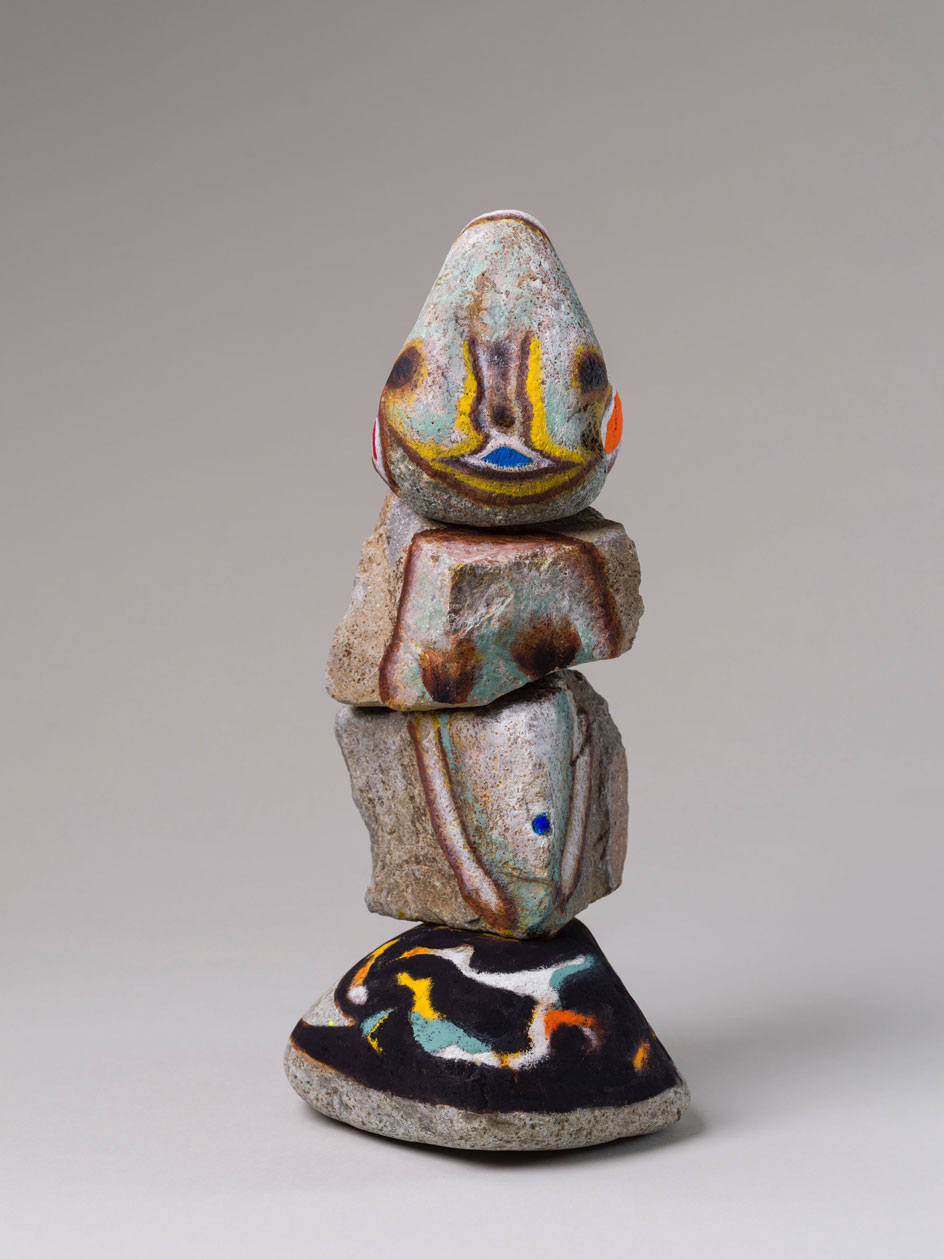
Izumi Kato, Untitled, 2020, Stone, acrylic, stainless steel. ©2020 Izumi Kato. Courtesy the artist & Perrotin.
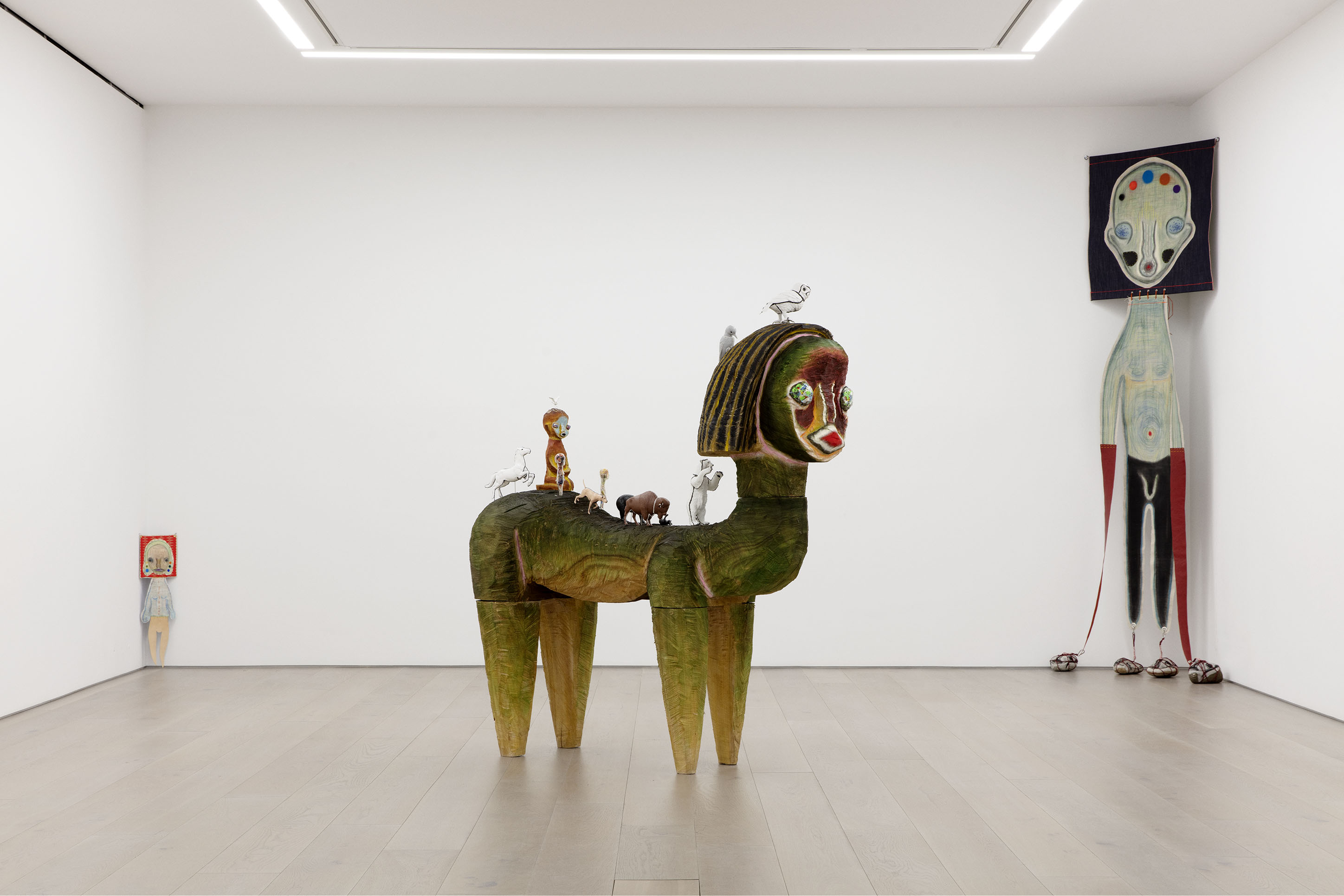
Exhibition View of Izumi Kato at Perrotin New York, 2021. © 2020 Izumi Kato. Courtesy the artist & Perrotin
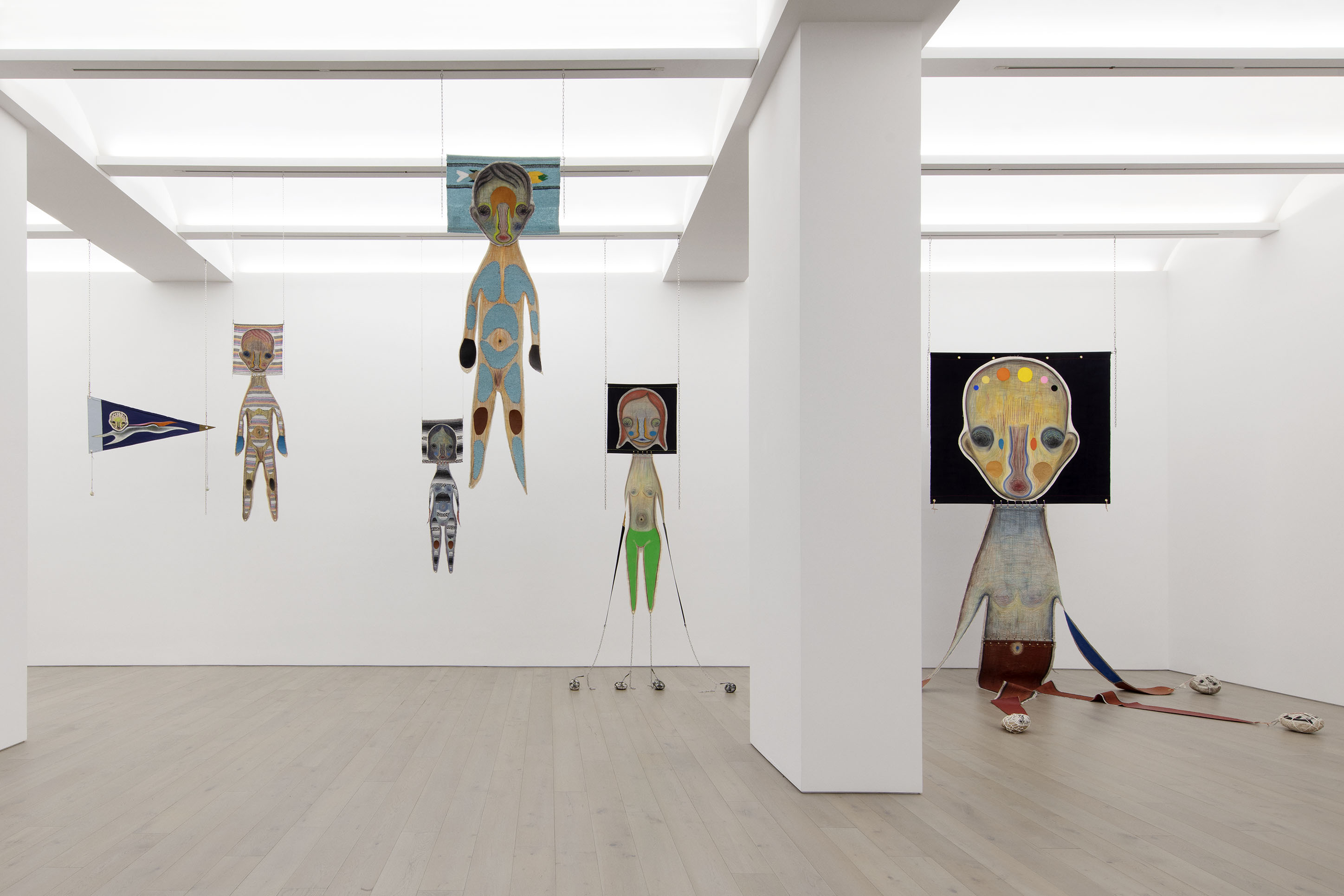
Exhibition View of Izumi Kato at Perrotin New York, 2021. © 2020 Izumi Kato. Courtesy the artist & Perrotin
INFORMATION
Izumi Kato’s exhibition at Perrotin New York will run until 17 April 2021
perrotin.com
ADDRESS
130 Orchard St
New York, NY 10002
Wallpaper* Newsletter
Receive our daily digest of inspiration, escapism and design stories from around the world direct to your inbox.
Pei-Ru Keh is a former US Editor at Wallpaper*. Born and raised in Singapore, she has been a New Yorker since 2013. Pei-Ru held various titles at Wallpaper* between 2007 and 2023. She reports on design, tech, art, architecture, fashion, beauty and lifestyle happenings in the United States, both in print and digitally. Pei-Ru took a key role in championing diversity and representation within Wallpaper's content pillars, actively seeking out stories that reflect a wide range of perspectives. She lives in Brooklyn with her husband and two children, and is currently learning how to drive.
-
 Put these emerging artists on your radar
Put these emerging artists on your radarThis crop of six new talents is poised to shake up the art world. Get to know them now
By Tianna Williams
-
 Dining at Pyrá feels like a Mediterranean kiss on both cheeks
Dining at Pyrá feels like a Mediterranean kiss on both cheeksDesigned by House of Dré, this Lonsdale Road addition dishes up an enticing fusion of Greek and Spanish cooking
By Sofia de la Cruz
-
 Creased, crumpled: S/S 2025 menswear is about clothes that have ‘lived a life’
Creased, crumpled: S/S 2025 menswear is about clothes that have ‘lived a life’The S/S 2025 menswear collections see designers embrace the creased and the crumpled, conjuring a mood of laidback languor that ran through the season – captured here by photographer Steve Harnacke and stylist Nicola Neri for Wallpaper*
By Jack Moss
-
 Inside Jack Whitten’s contribution to American contemporary art
Inside Jack Whitten’s contribution to American contemporary artAs Jack Whitten exhibition ‘Speedchaser’ opens at Hauser & Wirth, London, and before a major retrospective at MoMA opens next year, we explore the American artist's impact
By Finn Blythe
-
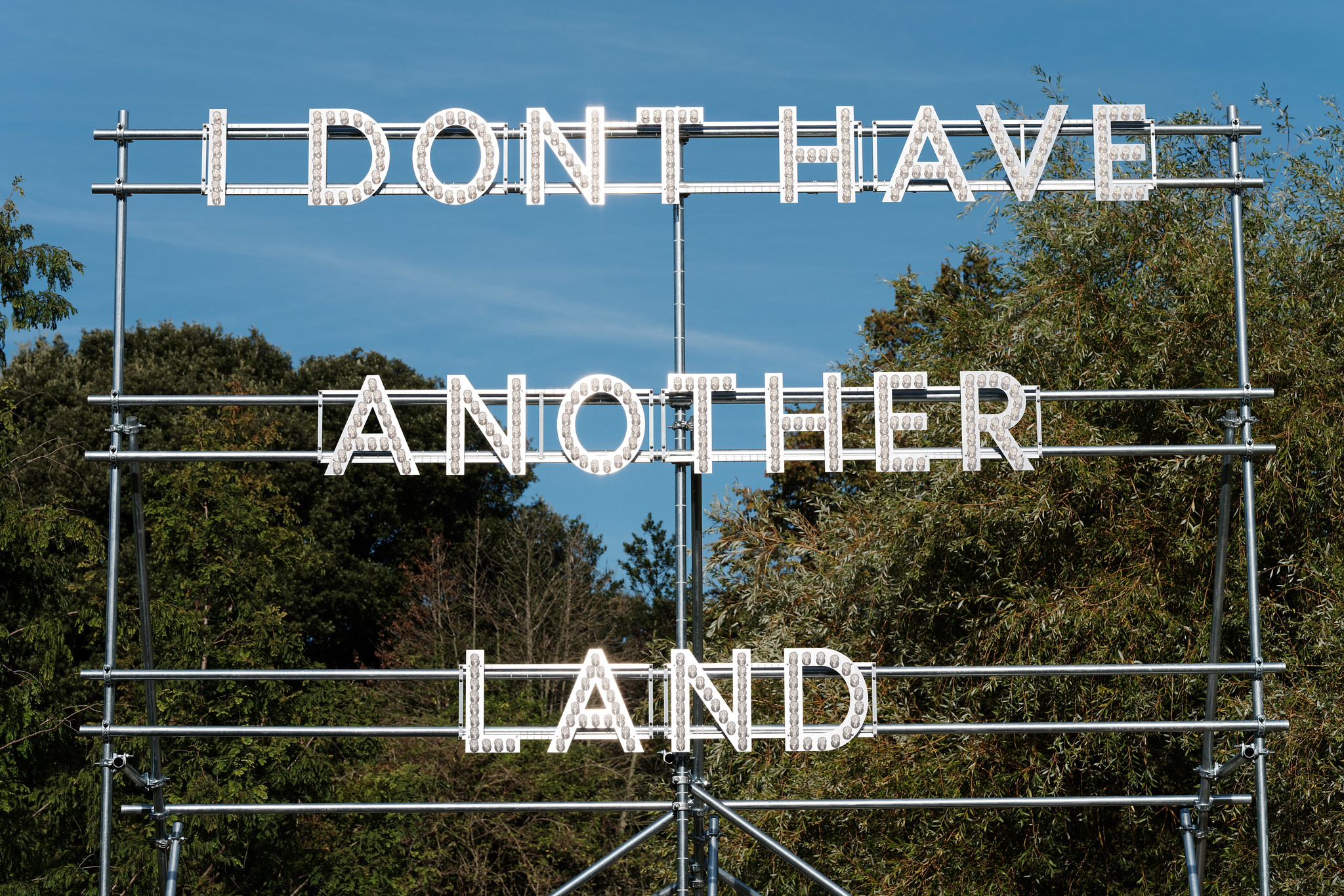 Frieze Sculpture takes over Regent’s Park
Frieze Sculpture takes over Regent’s ParkTwenty-two international artists turn the English gardens into a dream-like landscape and remind us of our inextricable connection to the natural world
By Smilian Cibic
-
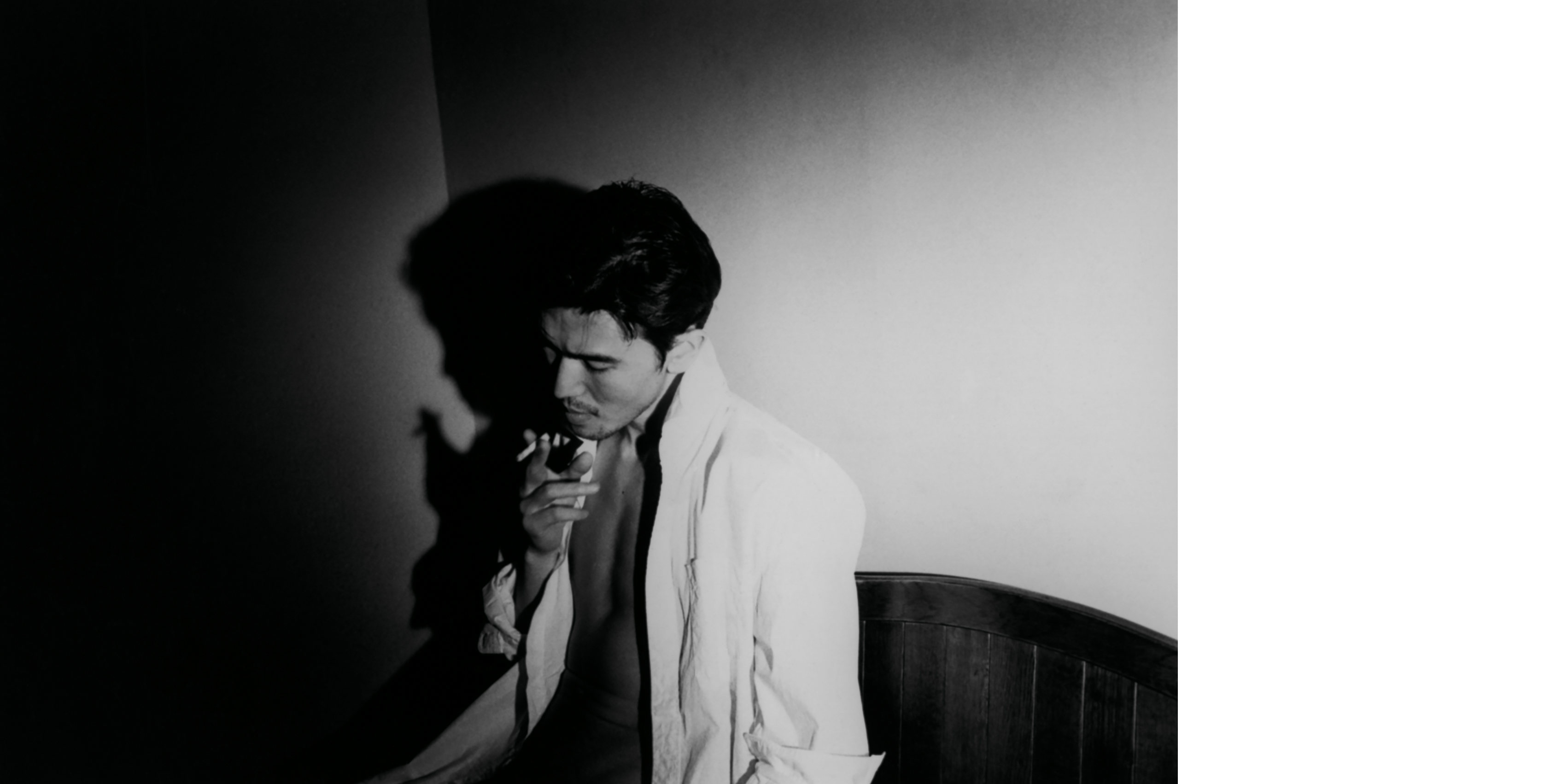 'I’m So Happy You Are Here': discover the work of Japanese women photographers
'I’m So Happy You Are Here': discover the work of Japanese women photographersSubtitled ‘Japanese Women Photographers from the 1950s to Now’, this new monograph from Aperture is a fascinating insight into a critically overlooked body of work
By Jonathan Bell
-
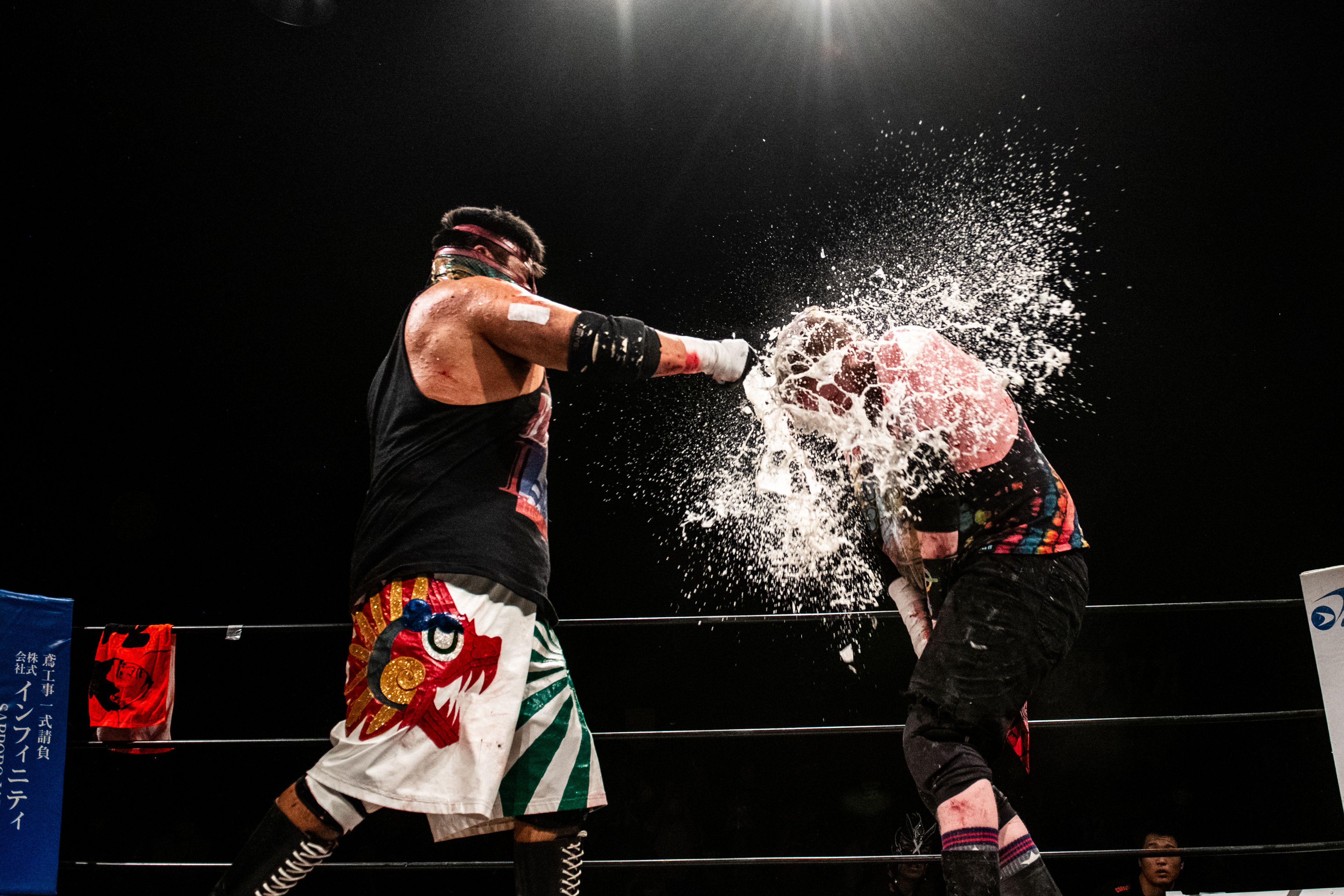 Deathmatch wrestling’s behind-the-scenes moments and bloody glory
Deathmatch wrestling’s behind-the-scenes moments and bloody gloryA new limited-edition book explores the intersection between art and deathmatch wrestling at a sold-out show held in Tokyo
By Anne Soward
-
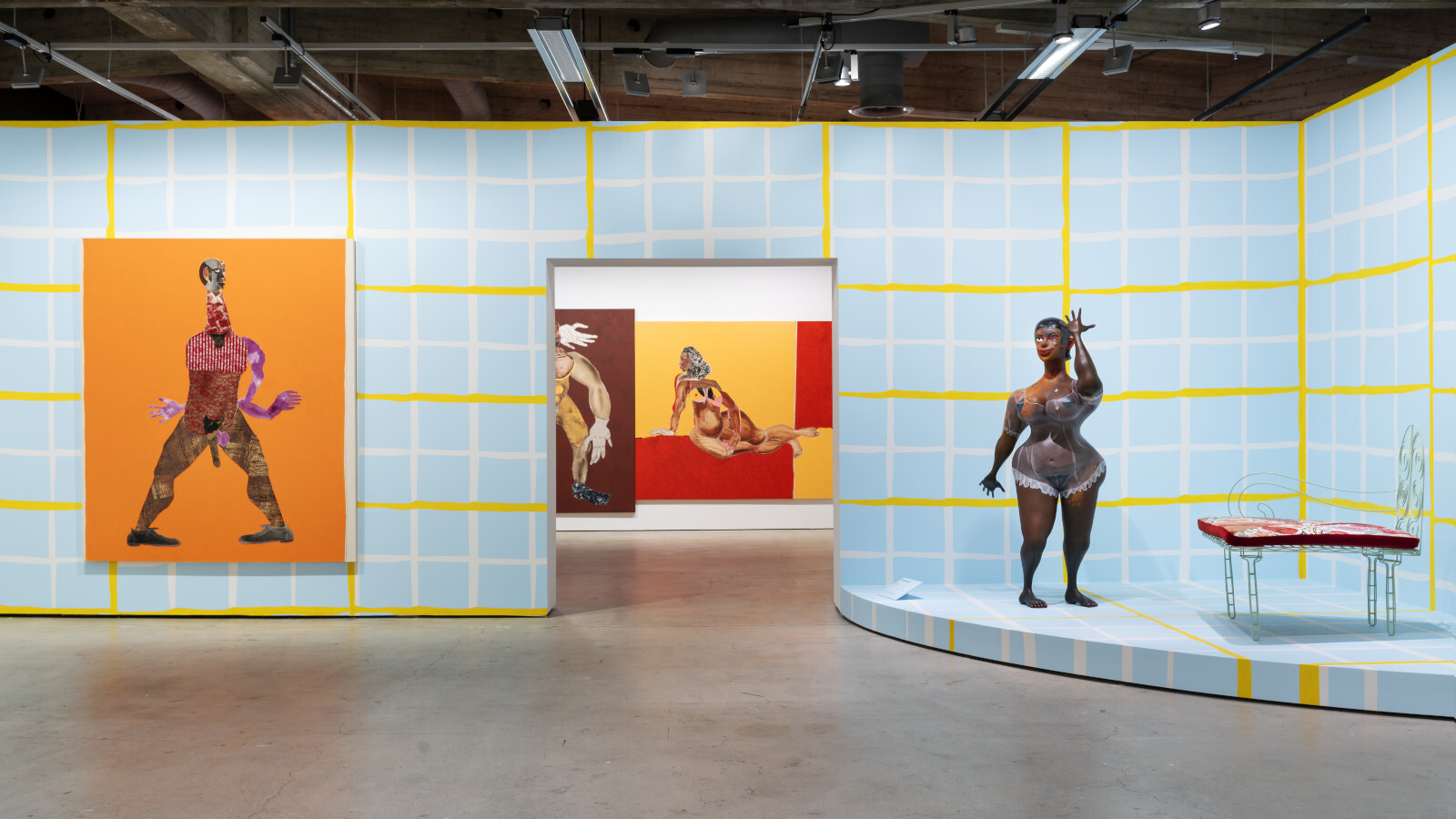 Harlem-born artist Tschabalala Self’s colourful ode to the landscape of her childhood
Harlem-born artist Tschabalala Self’s colourful ode to the landscape of her childhoodTschabalala Self’s new show at Finland's Espoo Museum of Modern Art evokes memories of her upbringing, in vibrant multi-dimensional vignettes
By Millen Brown-Ewens
-
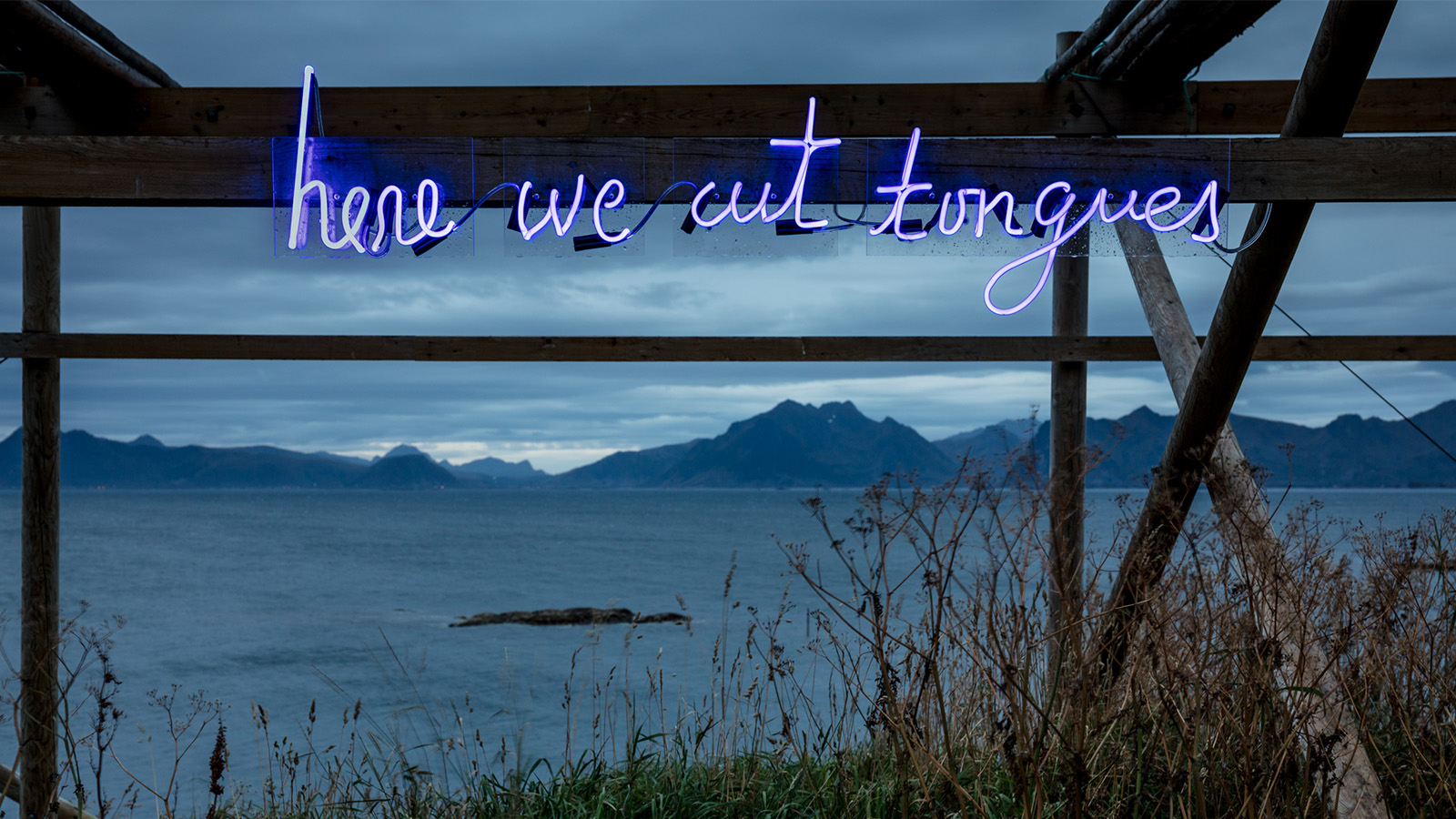 Wanås Konst sculpture park merges art and nature in Sweden
Wanås Konst sculpture park merges art and nature in SwedenWanås Konst’s latest exhibition, 'The Ocean in the Forest', unites land and sea with watery-inspired art in the park’s woodland setting
By Alice Godwin
-
 Pino Pascali’s brief and brilliant life celebrated at Fondazione Prada
Pino Pascali’s brief and brilliant life celebrated at Fondazione PradaMilan’s Fondazione Prada honours Italian artist Pino Pascali, dedicating four of its expansive main show spaces to an exhibition of his work
By Kasia Maciejowska
-
 John Cage’s ‘now moments’ inspire Lismore Castle Arts’ group show
John Cage’s ‘now moments’ inspire Lismore Castle Arts’ group showLismore Castle Arts’ ‘Each now, is the time, the space’ takes its title from John Cage, and sees four artists embrace the moment through sculpture and found objects
By Amah-Rose Abrams